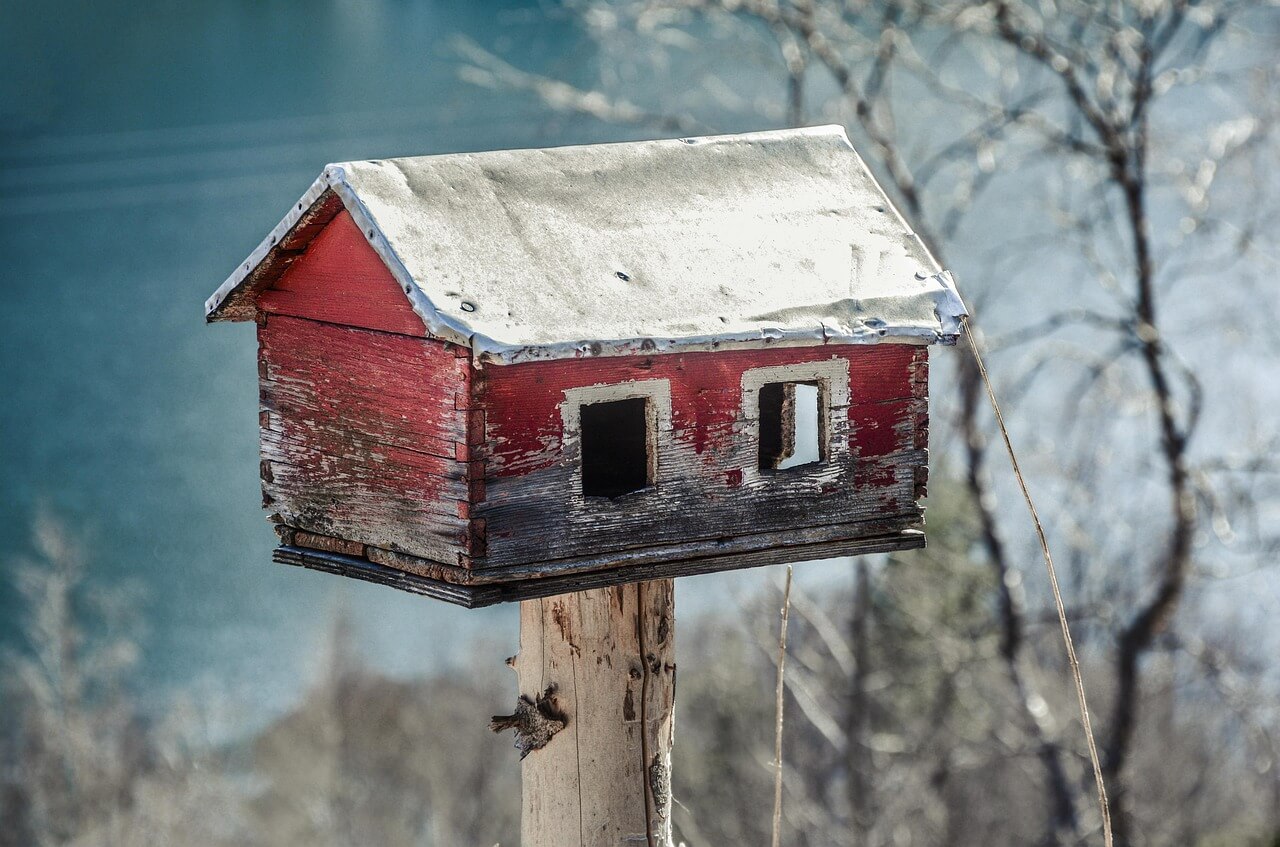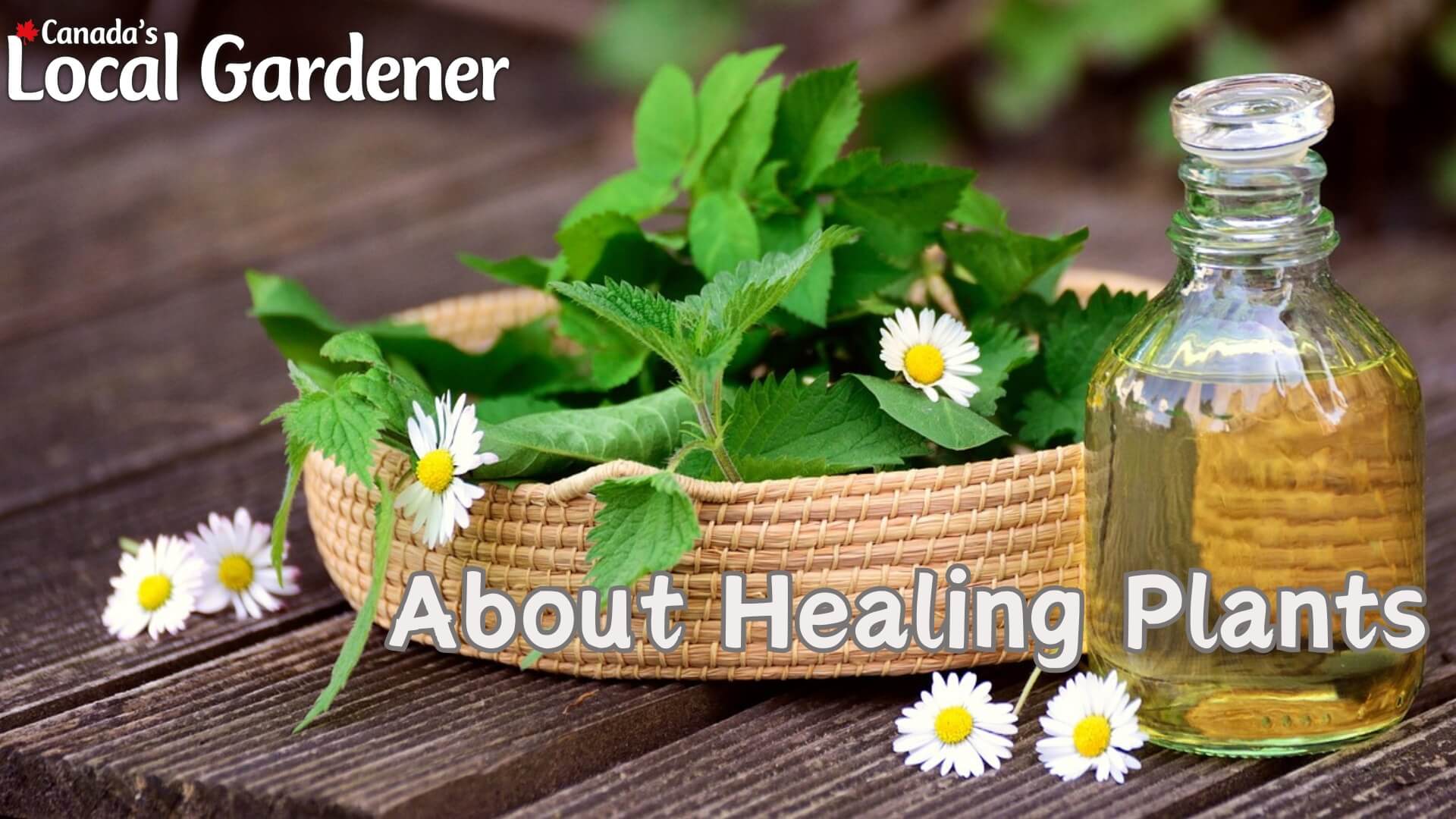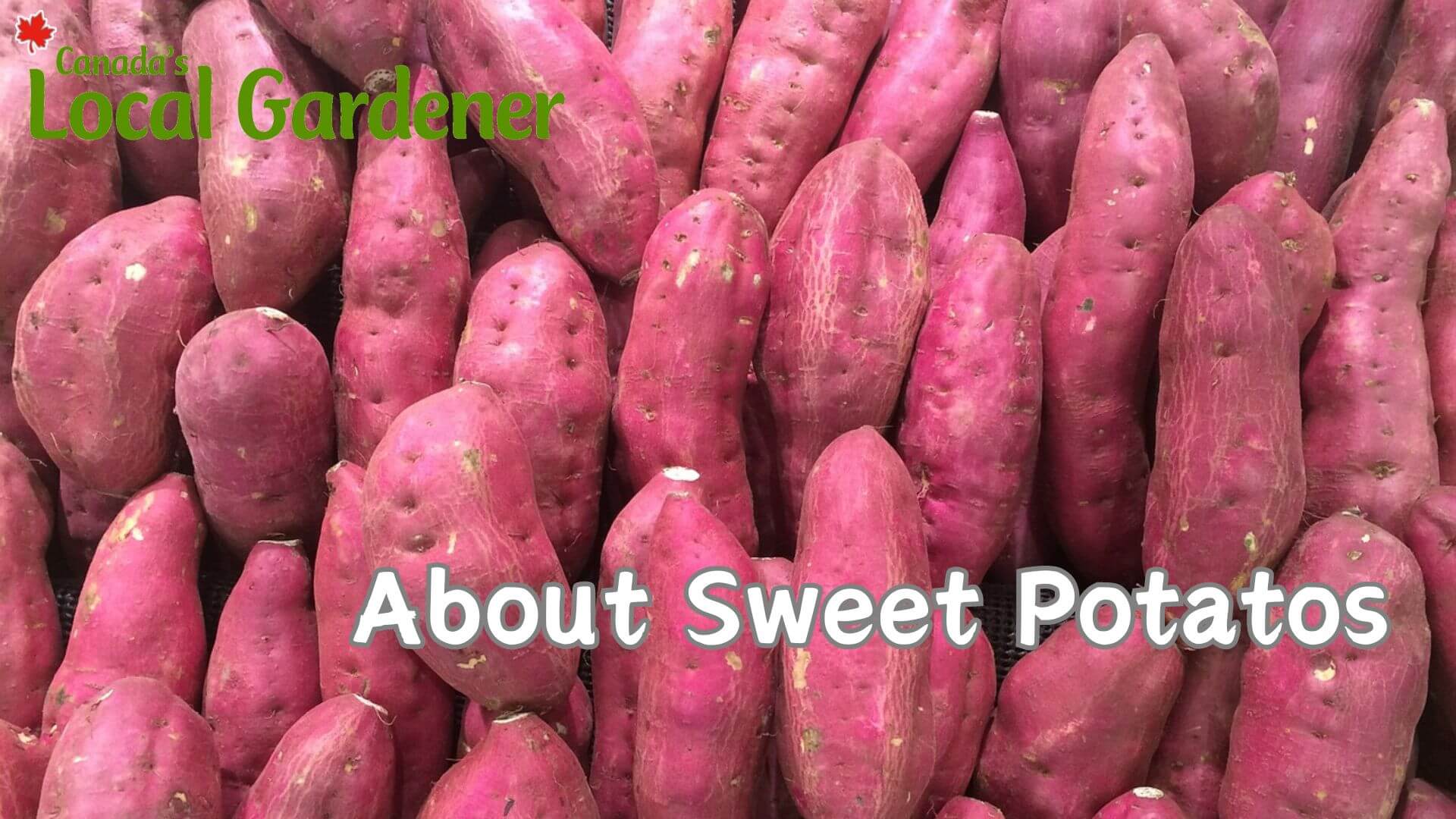10 Neat Things about Birdhouses for Gardens
Home Tweet Home
10 Neat Things about Birdhouses for Gardens
There’s something charming about a little house just for the birds. Birdhouses don’t just look quaint tucked into a tree or mounted on a post—they play a meaningful role in garden ecosystems. Whether you’re hoping to encourage natural pest control, enjoy birdsong, or support declining species, these miniature shelters offer a lot more than meets the eye. Here are 10 Neat Things about birdhouses for gardens.
1. Birds that live in houses.
Birdhouses work for cavity-nesting birds, which are those that seek out holes in trees to build nests. Not all species do this. Robins and swallows prefer open ledges, while orioles weave their nests in branches. Birds like chickadees, wrens, nuthatches, bluebirds, purple martins and tree swallows are the most likely tenants.

2. North American birds face a housing crisis.
Owing to the removal of dead trees from urban and suburban spaces, many birds that once nested in natural cavities are struggling to find places to raise young. Installing birdhouses in gardens can help fill that gap, especially in areas where mature trees are scarce.

3. House sparrows can be a problem.
One of the most common birds to take over birdhouses is the house sparrow, a non-native species introduced from Europe. They’re aggressive and territorial, often evicting native birds and sometimes destroying their eggs or killing hatchlings. If you’re putting up birdhouses for chickadees, bluebirds, or wrens, you’ll need to be strategic. Use the right size entrance hole (no more than 1-1/8-inch for wrens or chickadees), avoid placing houses near buildings or feeders, and monitor early in the season. Unlike native birds, house sparrows are not protected under Canadian law, so it’s legal to remove their nests before eggs are laid. For more information about which birds are protected and not protected, start here.
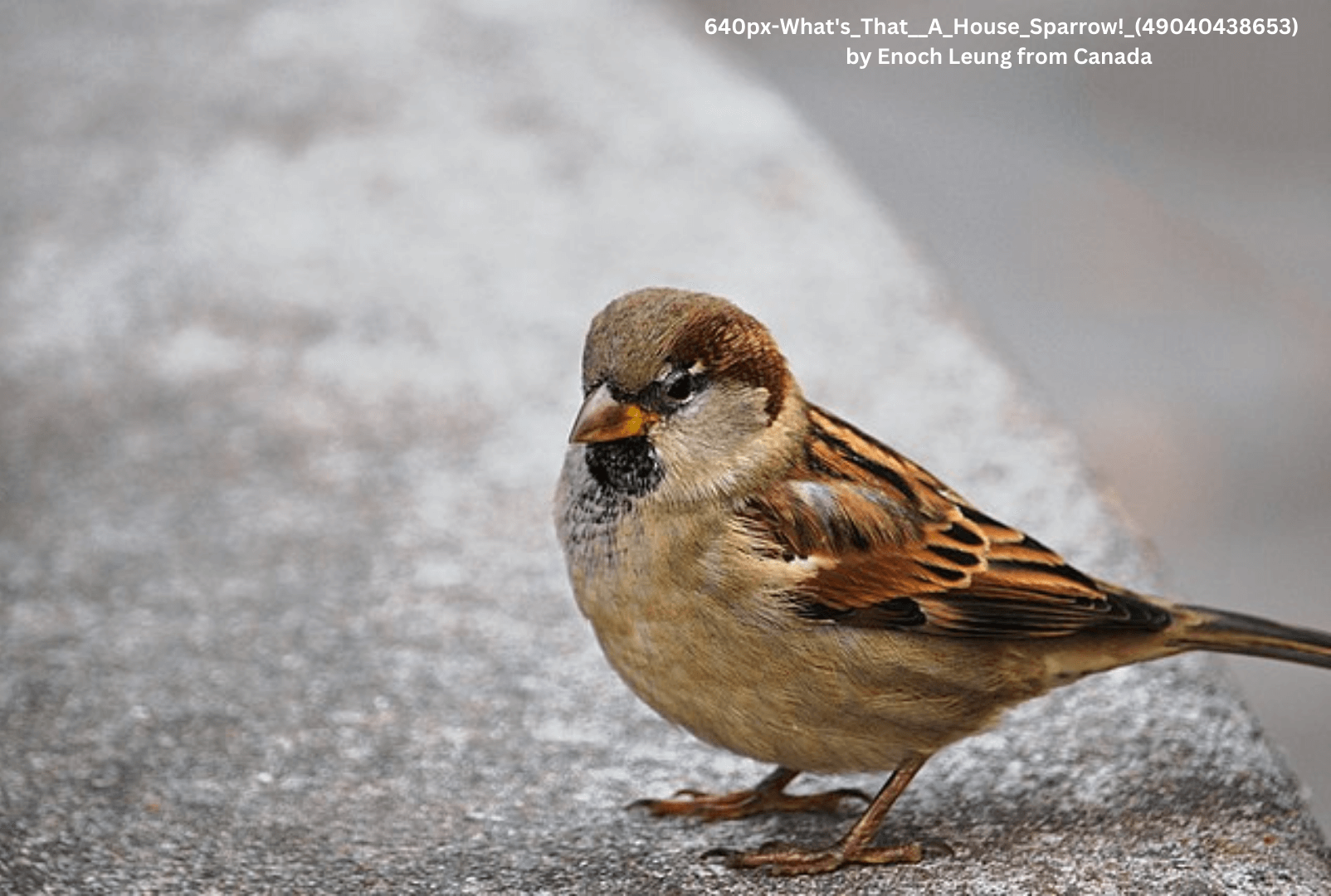
4. Birdhouse birds will eat pests.
Welcoming birds to your garden isn’t just for fun, it’s practical. Wrens, chickadees, and nuthatches feast on caterpillars, beetles, and other insects that can harm your plants.(They’ll eat beneficial insects too; that’s nature.) Providing housing encourages them to stick around and feed their young, and their young eat a lot.
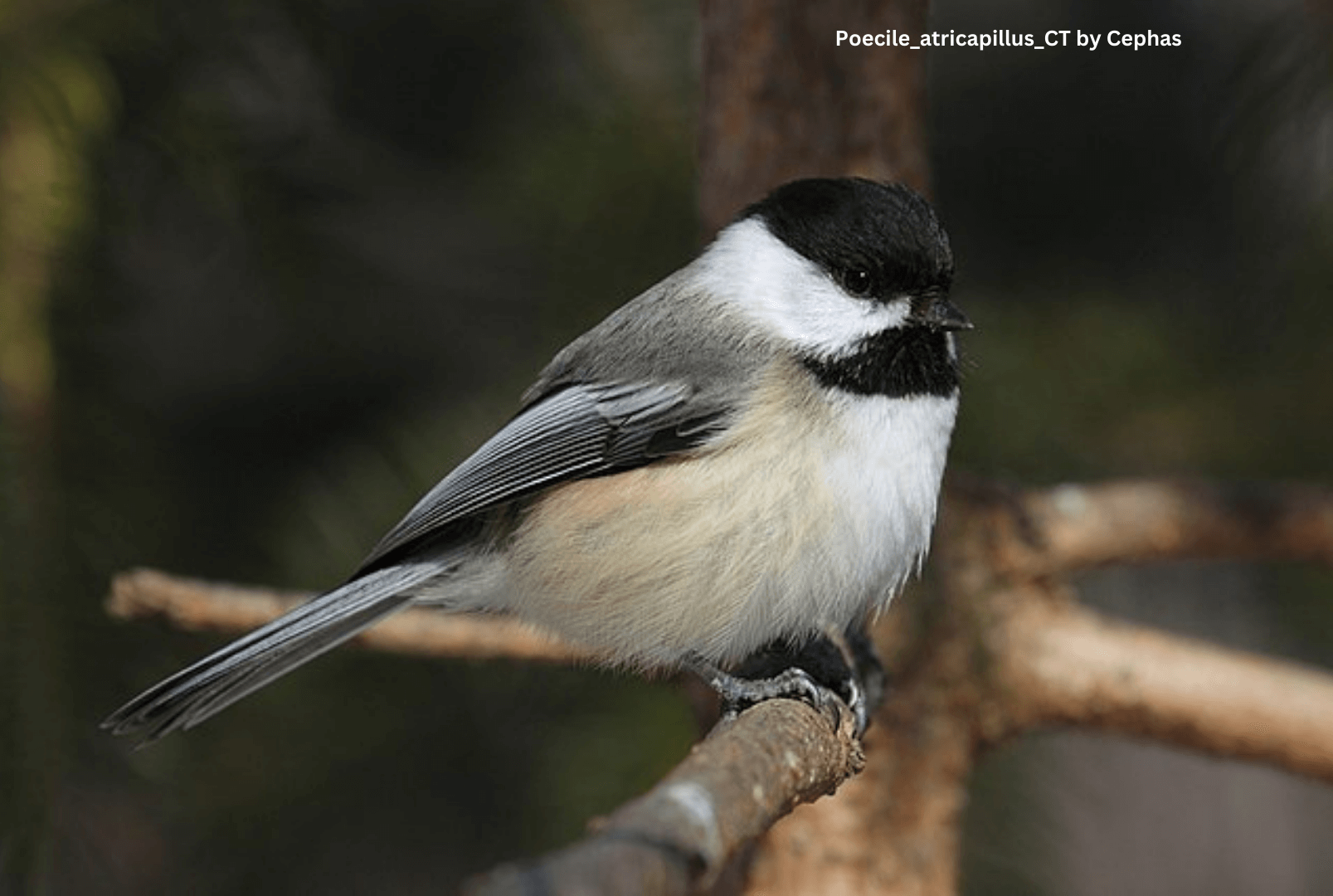
5. You can’t just stick one anywhere.
Placement matters. For example, bluebird boxes should face open spaces with minimal brush, while wrens prefer more shrubbery. Sun orientation, wind exposure, and predator access all make a difference. Most birds prefer the entrance to face east or southeast to avoid prevailing winds.

6. Not all birdhouses are created equal.
Birdhouses sold as décor are often too small or poorly ventilated for real birds. They can look great in a garden, but they won’t attract any residents. For effective housing, the dimensions, entrance hole size and drainage matter. Here is a handy reference.

7. Cleanliness counts.
A good birdhouse design allows for easy seasonal cleaning. Most cavity nesters won’t reuse an old nest, and leftover material can harbour parasites or disease. In late fall, open it up, empty it out, and give it a scrub with a 10-percent bleach solution if needed.
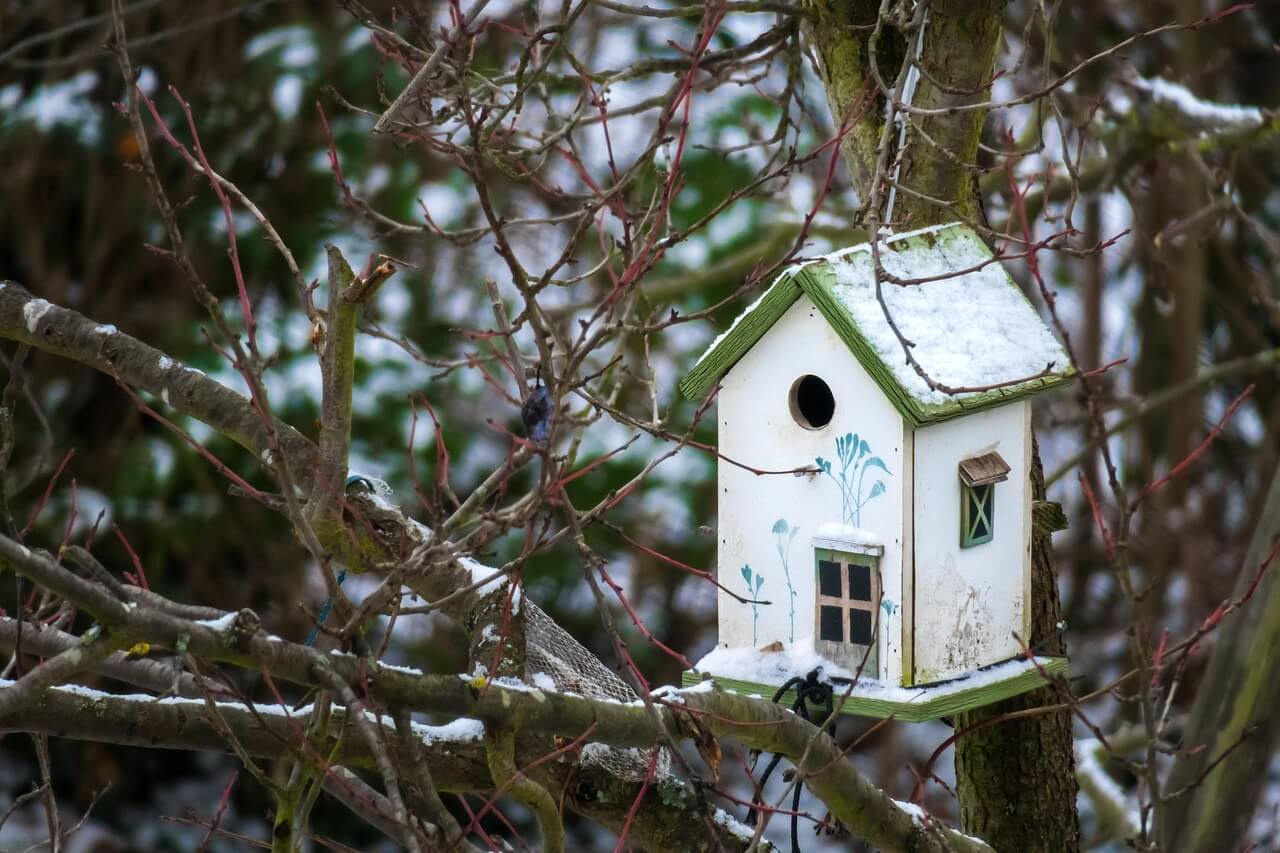
8. You can protect them from predators.
Predator guards can keep snakes, raccoons, and cats out of birdhouses. A metal ring around the entrance hole and a pole baffle are simple, effective tools. Keeping the birdhouse away from overhanging branches also helps.

9. Nest boxes help with citizen science.
Many organisations, including Birds Canada and NestWatch (from Cornell University in New York State), encourage people to install birdhouses and report nesting data. This helps track population trends and informs conservation efforts. A single birdhouse in your yard can be part of something much bigger.

10. They bring life and joy to your garden.
The sight of a parent bird zipping in and out of a box to feed its young never gets old. The sound of baby birds chirping from inside is one of the season’s sweetest signals. Birdhouses for gardens create a sense of connection to natureand that’sprety neat.
Want to know more about birds and birdhouses?Here is an article by Sherrie Versluis.


